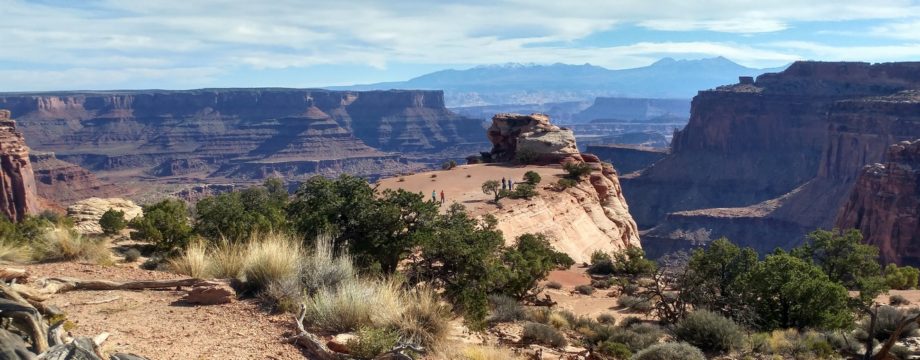In case you didn’t know, I am a bit of a Civil War buff. I think Ken Burn’s Civil War series is the best documentary I have ever seen. I have visited about a dozen Civil War battlefields and think Gettysburg is one of the 5 most interesting places in the US.
So it is a little surprising, given the dozens of times I have visited northern Virginia, that I had never visited the battlefield(s) at Manassas. Or, if you prefer, Bull Run. But Wednesday was picture-perfect and I took the opportunity to knock that item off of my bucket list.
Manassas/Bull Run was the site of two battles: First Manassas, which had the distinction of being the first major battle of the war (and the one which gave “Stonewall” Jackson his moniker) and Second Manassas, about a year later, which was a major Confederate victory and is considered to be the “high point” of the Confederacy. Both were important Civil War battles, but I think First Manassas is the more interesting, from a tactical perspective. And the battlefield is a little more compact and can be explored on foot. Which was what I did on Wednesday.One of the fascinating things about First Manassas is that it was a spectator battle. Dozens of DC citizens made the 25-mile trip to witness what they expected to be a quick Union victory. When it turned into a day-long battle and, eventually, a rout of the Union army, the spectators found themselves running for their lives, amid the troops doing the same, back to DC. I wanted very much to see the battlefield, to get a sense of what they witnessed that summer day in 1861.
What the Confederates saw was the Union army approaching from the north – the view in the photo here. I assume the spectators were also to the north, probably arrayed along what is now US 29, which runs east/west in this photo. The road rises to the east and much of the battle could probably be seen from that vantage point.
The battle was initially an artillery battle. Each side had about a dozen cannon, positioned only about 300 yards apart. The Union army held the higher ground for much of the day, but the Confederates had the advantage of being shielded by trees. At the right side of the Union line (left side of the Confederate line), the forces were less than 150 yards apart.Another distinction of First Manassas is that it had the first civilian casualty. An elderly bedridden woman was killed when the Union army shelled her farmhouse, thinking it housed rebel troops. The house (see right) is still standing.
For reasons that are not obvious, the Union deployed two cannon at that side of the line and positioned them to fire at the Confederate artillery, completely ignoring the Confederate infantry less than 200 yards away. The Confederates at that location were wearing blue uniforms, probably because the army had not yet fully standardized on gray as the color for Confederate uniforms. In any case, the Union batteries, when then saw them approaching, assumed they were friendly. They realized their mistake too late and the two cannon were captured. There was additional fighting back-and-forth, but this capture of the federal cannon is widely regarded as the key turning point in the battle.
If the Union army had won this battle it is possible that the Civil War would have been shorter – and much less bloody – than it proved to be. To think that such momentous things hinge on the accidental color of some uniforms… fascinating.
The photo below is a view of Henry House Hill, which was “ground zero” in this battle. And a very nice place to stroll when the sun is out and no cannon balls are exploding.





